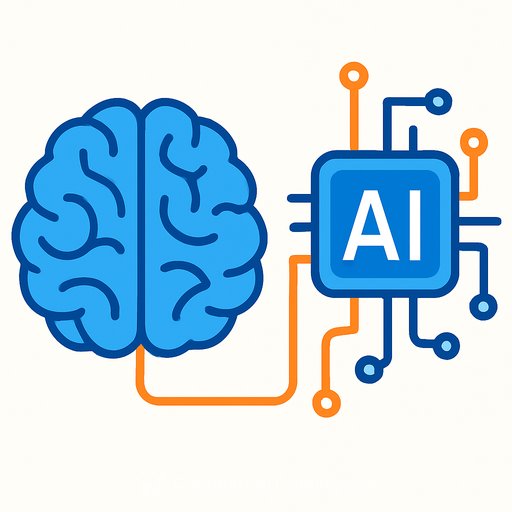America unveils Discovery and Lux: AI supercomputers to drive the next wave of scientific progress
Credit: HPE
The U.S. Department of Energy (DOE) introduced two AI supercomputers - Discovery and Lux - set to run at Oak Ridge National Laboratory (ORNL). The goal is straightforward: shorten the path from idea to insight across energy, materials, medicine, manufacturing, and national security.
These systems merge high-performance computing with large-scale AI training and inference. Researchers will be able to model complex systems, analyse massive datasets, and move faster on projects that used to stall on compute limits.
Why this matters for scientists and research teams
Discovery and Lux were built with a practical bias: more compute, more AI capability, fewer bottlenecks. HPE and AMD are leading delivery, with Lux also tying into Oracle Cloud Infrastructure (OCI) to blend on-prem performance with elastic cloud capacity.
The DOE framed this as a new approach to public-private collaboration. As Secretary of Energy Chris Wright put it, winning the AI race takes "new and creative partnerships" that bring American industry and science together under one plan. He added that Lux and Discovery reflect a faster path to shared capacity and national strength.
Discovery: a step beyond Frontier
Discovery will succeed ORNL's Frontier - the first system to cross the exascale mark in 2022 - and is slated for delivery in 2028. It's expected to surpass Frontier on performance across the board while supporting AI and quantum computing research.
The system will use the HPE Cray Supercomputing GX5000 platform with AMD EPYC "Venice" CPUs and Instinct MI430X GPUs. A DAOS-based storage stack underpins scalable I/O for multi-petascale and AI-heavy workloads, improving throughput and reliability for complex runs.
What Discovery enables
- Safer, more economical nuclear energy through higher-fidelity simulations and faster validation.
- AI-powered digital twins for personalised medicine and clinical decision support.
- Aerospace design timelines compressed from years to months through accelerated modelling and optimisation.
- "Gold Standard Science" at greater scale - more runs, tighter loops, better confidence intervals.
Lux: near-term AI capacity, hybrid by design
Arriving in 2026, Lux expands DOE's AI capacity in the near term. It targets fusion energy, quantum materials, advanced manufacturing, and grid resilience - with an emphasis on training at scale and distributed inference across the national lab network.
Lux pairs AMD Instinct MI355X GPUs with EPYC CPUs and Pensando networking, all in HPE ProLiant Compute XD685. Through the Lux AI Cluster, researchers can integrate OCI for cloud bursts, testing, and hybrid workflows without rebuilding their stack.
Credit: ORNL, U.S. Dept. of Energy
ORNL's track record - and what's next
ORNL has led with Jaguar, Titan, Summit, and Frontier - each a milestone in its era. Discovery and Lux carry that line forward and signal a clear intent: keep the U.S. at the front of AI-scale science.
The combination of world-class hardware, national lab expertise, and industry partnerships creates a long-term engine for discovery. For researchers, that means more shots on goal with fewer compromises.
Practical notes for teams planning to use these systems
- Prepare for AMD GPUs: use ROCm/HIP, validate kernels, and adopt mixed precision where it's accurate and stable.
- Containerise early: standardise on Apptainer/Singularity images for portability across Lux, Discovery (when online), and OCI.
- Design for DAOS: stage data for parallel I/O, minimise small-file churn, and profile end-to-end pipelines (compute + storage).
- Plan hybrid workflows: keep training checkpoints cloud-compatible, script repeatable handoffs between on-prem and OCI.
- Security and compliance: review export controls, data classification, and identity/access patterns for multi-institution teams.
- Allocations and onboarding: follow the DOE/ASCR pathways for proposals, benchmarks, and code readiness checks.
Key links and next steps
- Oak Ridge National Laboratory - facility, user programs, and technical updates.
- DOE Office of Science, ASCR - allocation calls, program guidance, and community resources.
If your lab needs structured upskilling for AI workflows, see our role-based options at Complete AI Training.
Your membership also unlocks:






